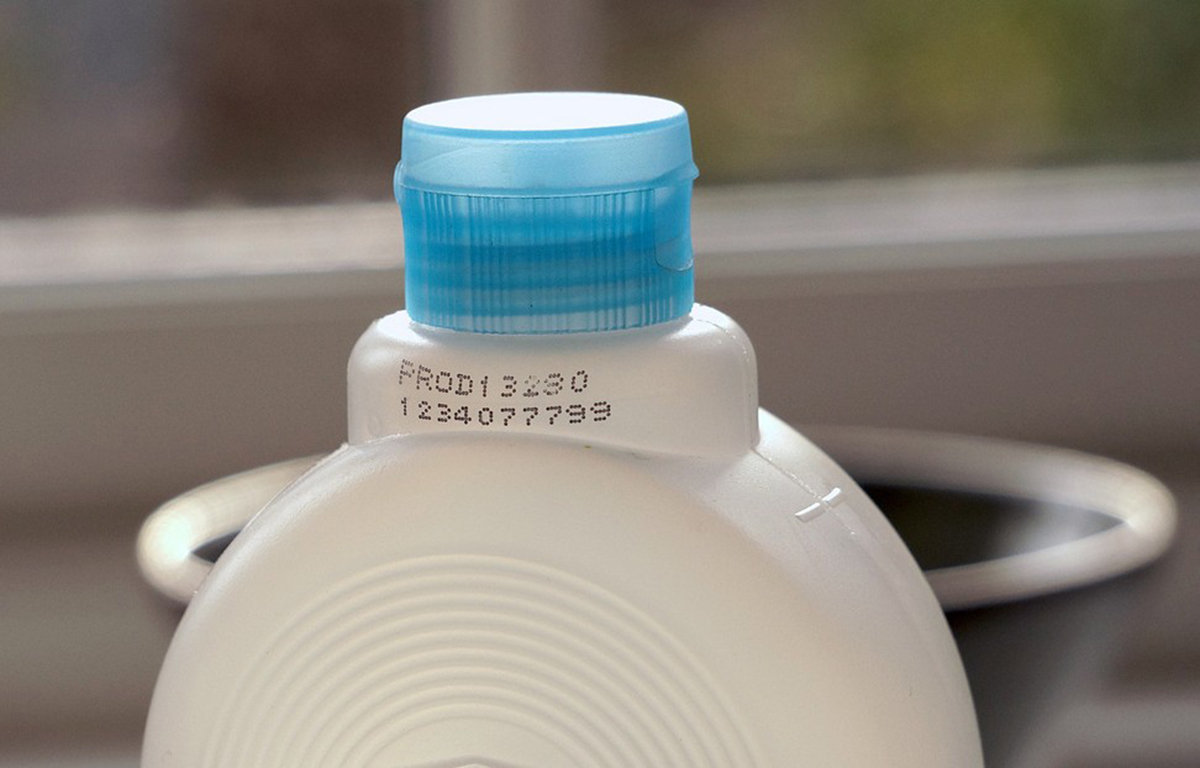Table of Contents
The air we breathe inside our homes and offices may not be free from pollution, either. Aside from bacteria, viruses, molds, pollen, dust mites, animal dander, particles from cockroaches which can cause respiratory infections and allergies, there are other chemicals in the air that can cause lung cancer:

-
Second-hand smoke contains hundreds of known poisons, such as carbon monoxide, formaldehyde and more than 60 chemicals that can cause cancer. Second-hand smoke causes up to 3,000 deaths from lung cancer and 50,000 deaths from heart disease every year in the US.
-
According to the American Lung Association, radon is considered to be the second leading cause of cancer in the lungs after cigarette smoke. This natural radioactive gas enters homes and buildings through cracks and openings in the floor, walls, and drains. Exposure to radon is responsible for about 21,000 deaths linked to lung cancer every year.
-
Asbestos-containing products found in roofs, floors, insulation materials and some heating equipment can produce fibers that can cause lung cancer, mesothelioma (another type of cancer), and asbestosis (lung scarring).
-
Other chemicals found indoors that may cause lung cancer include formaldehyde, solvents, household cleaning agents, pesticides, and personal care and hobby products.
What are the Chances of Developing Lung Cancer from Air Pollution?
Previous studies have shown that chronic exposure to air pollution increases the risk of lung cancer in non-tobacco smokers. In China, an increased risk of the disease has been attributed to exposure to burning wood and coal used to heat homes while in European studies, high levels of vehicle exhaust and soot have been linked to lung cancer. Researchers from the University of Ottawa have found that non-smokers who live in highly polluted areas are 20% more likely to die from lung cancer than those lived in places with cleaner air.
It is difficult to predict what the chances are of one developing lung cancer from air pollution alone. As mentioned earlier, it may depend on a number of factors, including where you live, where you work and travel, and maybe even how you use some chemical products at home and at work. Aside from these, if you are a cigarette smoker or are constantly exposed to second-hand cigarette smoke, you may already be at increased risk for developing the disease. Other lifestyle factors such as diet and physical activity as well as genetic factors also contribute to the disease.
Read More: 5 Shocking Sources Of Indoor Air Pollution And How To Get Rid Of Them For Good
Now that air pollution has been classified as a carcinogen Dr Christopher Wild, IARC Director, believes that their recent report should mobilize the international community to act without delay to reduce air pollution. Dr. Lecia V. Sequist, a medical oncologist from the Massachusetts General Hospital Cancer Center believes that research funding for lung cancer must be increased and the stigma of being blamed for the disease must be eliminated, since not all patients who develop cancer of the lungs are smokers.
- CNN. Stigma lingers for deadliest cancer. http://edition.cnn.com/2013/10/30/health/sequist-lung-cancer-stigma/index.html
- Cancer Research UK. The link between air pollution and cancer. http://www.cancerresearchuk.org/cancer-info/healthyliving/harmfulsubstances/airpollutionandradon/harmful-substances-and-cancer-air-pollution-and-radon
- American Lung Association. Indoor Air Quality. http://www.lung.org/associations/charters/mid-atlantic/air-quality/indoor-air-quality.html
- IARC Press Release:Outdoor air pollution a leading environmental cause of cancer deaths. http://www.iarc.fr/en/media-centre/pr/2013/pdfs/pr221_E.pdf
- Photo courtesy of Steve Baker by Flickr : www.flickr.com/photos/littlebiglens/10790855755/
- Photo courtesy of rodtuk by Flickr : www.flickr.com/photos/roderickt-uk/11876458735/
- www.cnn.com
- www.cancerresearchuk.org
- www.lung.org
- www.iarc.fr


Your thoughts on this